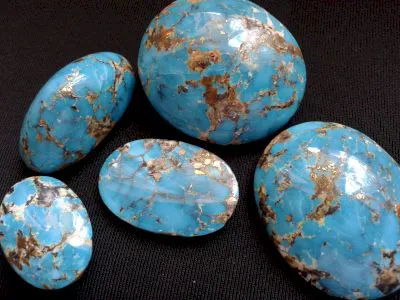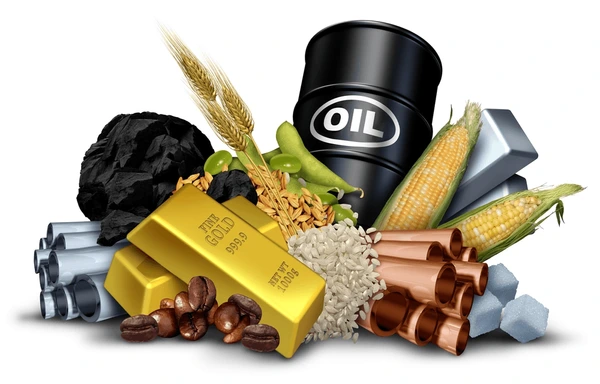


Directory of Turquoise suppliers in Somalia
 ابراهيم10 months ago
ابراهيم10 months ago الاحجارالكريمةDiamond
الاحجارالكريمةDiamond Minutes dibad3 weeks ago
Minutes dibad3 weeks ago GemstonesGranite, Quartzite, Sandstone, Topaz, Emerald, Meteorite
GemstonesGranite, Quartzite, Sandstone, Topaz, Emerald, Meteorite




 الاحجارالكريمةDiamond
الاحجارالكريمةDiamond GemstonesGranite, Quartzite, Sandstone, Topaz, Emerald, Meteorite
GemstonesGranite, Quartzite, Sandstone, Topaz, Emerald, Meteorite